Recent studies have uncovered more and more ways to boost hormones naturally and unlock hidden muscle building potential. So if you’re one of those looking to bulk up, try making the following changes in the kitchen and in the gym to get more from your muscle.
The basic idea to gaining muscle is to increase overall calorie intake in addition to an appropriate resistance-training program, but from healthy sources so as to avoid a pure fat gain without muscle. But whilst a good weight training routine and a sound nutrition plan can form the foundations of increasing muscle size and improving athletic performance, experts believe naturally boosting your hormones could hold the key to truly breaking training plateaus and accelerating muscle gains.
Testosterone
Perhaps the most known of all the muscle building hormones is testosterone. Made in the male testes and female ovaries (and a small amount in the adrenal gland) it is the principle male sex hormone and is responsible for the development of male sexual characters like physical strength, muscle mass, body shape, body hair, deep voice and sexual function. Experts have long known its muscle building potential, in fact in a study published in The New England Journal of Medicine Shalender Bhasin, M.D et al (1996) emphatically stated ‘increased testosterone levels, especially when combined with strength training, have been shown to increase muscle size and strength.’ So how is it possible to raise levels naturally?
Eat Fat
One of the most effective ways is to monitor your in take of dietary fat since a sufficient intake of essential fatty acids has long been associated with optimal testosterone levels and low-fat diets criticized for doing the exact opposite. In fact, in study conducted at the Department of Clinical Chemistry in Helsinki, E. Hamalainen et al (2002) concluded ‘results indicate that, in men, a decrease in dietary fat content… reduces the serum concentrations of testosterone and free testosterone.’ Ideally fat should make up 20% of your diet, coming from sources like flaxseed oil, peanut butter or avocados. But if searching every food label for fat content seems like too much hard work, typically 1 tablespoon of flaxseed oil with your breakfast followed by a good intake of the naturally occurring fats throughout the day from other foods sources should cover your essential fatty acid needs.
Calorie Cycle
Secondly, don’t feel bad for ordering a takeaway or having a chocolate desert once a week. Research shows short periods of overeating can help to increase muscle-building hormones in the body. Known as calorie cycling, if you eat 2500 calories five days out of the week, perhaps try eating between 3000 to 3500 calories on Saturday and Sunday. As well as inducing what’s known as an ‘anabolic response’ it will also raise your metabolism and prevent it from adjusting to the lower calorific levels you consumed during the week i.e. your body won’t go into starvation mode.
Weight Train
Aside from your diet, there are certain things you can do in the gym to directly increase testosterone levels. Firstly, and generally speaking, endurance training can decrease testosterone levels whilst resistance training can increase testosterone levels. At the Human Performance Laboratory at Ball State University, Muncie, it was found that ‘strength training can induce testosterone release, regardless of age.’ Typically, experts recommend including heavy compound movements like squat, bench and deadlift in your workouts, with 90 seconds or more rest between sets, lifting at 85% of your maximum weight and for a gym session lasting no more than 60 minutes. In contrast, male endurance athletes were found to have lower testosterone and higher cortisol levels (a ‘stress hormone’ responsible for breaking down muscle.) So essentially prolonged endurance exercises (more than 45 minutes) like running or cycling can break down muscle (lowering testosterone and elevating cortisol) whilst weight training has been shown to increase muscle mass (by elevating testosterone and growth hormone levels.)
Lose Fat
Whilst this shouldn’t be an issue for most it is worth mentioning. Studies show that carrying excess body fat can elevate your oestrogen levels, and that may cause your testosterone levels to sink. According to Joseph Zmuda, an epidemiologist at the University of Pittsburgh ‘2 or 3 extra pounds won’t cause this hormonal shift; it really occurs once you’re 30 % over your ideal body weight.’
Supplement Support
There are a lot of supplements on the market that say they can boost testosterone, but often studies conducted are on castrated rats, elderly men, post-menopausal women, or men suffering from low testosterone. One supplement that was shown to increase testosterone in healthy men was the amino acid D-Aspartic Acid. In a study published in the journal Reproductive Biology and Endocrinology, it was found that ‘a daily 3-gram dose of D-Aspartic Acid increased circulating testosterone concentration by 42%.’
Insulin
Another hormone with equally impressive muscle building properties as testosterone is insulin, a peptide hormone that promotes the use of glucose, protein synthesis and regulates the metabolism of sugar. Needed to transport amino acids and glucose to the muscles after a workout, insulin essentially super-saturates the cells with nutrients so your muscles can repair and grow bigger following a heavy gym session.
Post Workout Shake
Research shows to bring about the desired boost in insulin which will in turn shuttle nutrients to the muscle’s after a workout so the body can start to repair and grow, you need an effectively dosed post workout shake. Ideal insulin inducing foods are high glycaemic index carbohydrates, so to form the basis of your shake experts suggest consuming between 45-75 grams of 100+ glycaemic index carbohydrates like dextrose or maltodextrin. This should then be coupled with 30-40 grams of a quick releasing protein such as whey concentrate or isolate to ensure your muscles receive all the nutrients they need after a workout.
Growth Hormone
The last of the main muscle building hormones is called somatotropic hormone, more commonly known as growth hormone. Secreted by a tiny grape-sized organ called the anterior pituitary gland, this hormone plays a huge role in building muscle. In fact, without it, all the exercise in the world would barely change your physique according to Ed Burke, Ph.D., director of the Exercise Science Program at the University of Colorado at Colorado Springs.
Sleep
“Not getting enough sleep regularly can lower the amount of growth hormone your body produces daily,” says Walter Thompson, Ph.D., director of the Center for Sports Medicine, Science and Technology at Georgia State University in Atlanta. So it’s essential to have at least 8 hours per night for optimal growth hormone release.
Pre Workout Supplement
Researchers have discovered taking the amino acid glycine immediately before you work out can mildly stimulate the release of growth hormone, but only when taken as a supplement. Trying to achieve the same effect by consuming glycine-rich foods such as poultry or milk prior to exercise only inhibits growth hormone by causing you to exercise on a full stomach, plus the glycine doesn’t get absorbed in the same way. In a study conducted by Kasai, K et al (1980) it was stated ‘data suggest that glycine might play an important role in the release of growth hormone.’



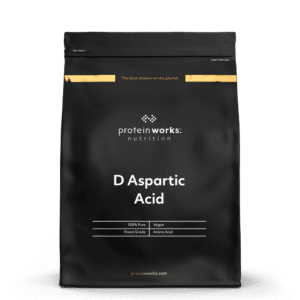
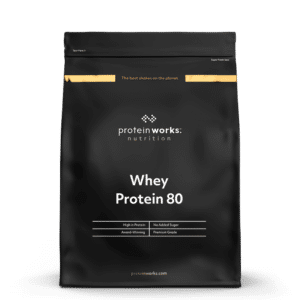
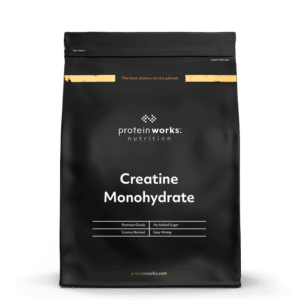

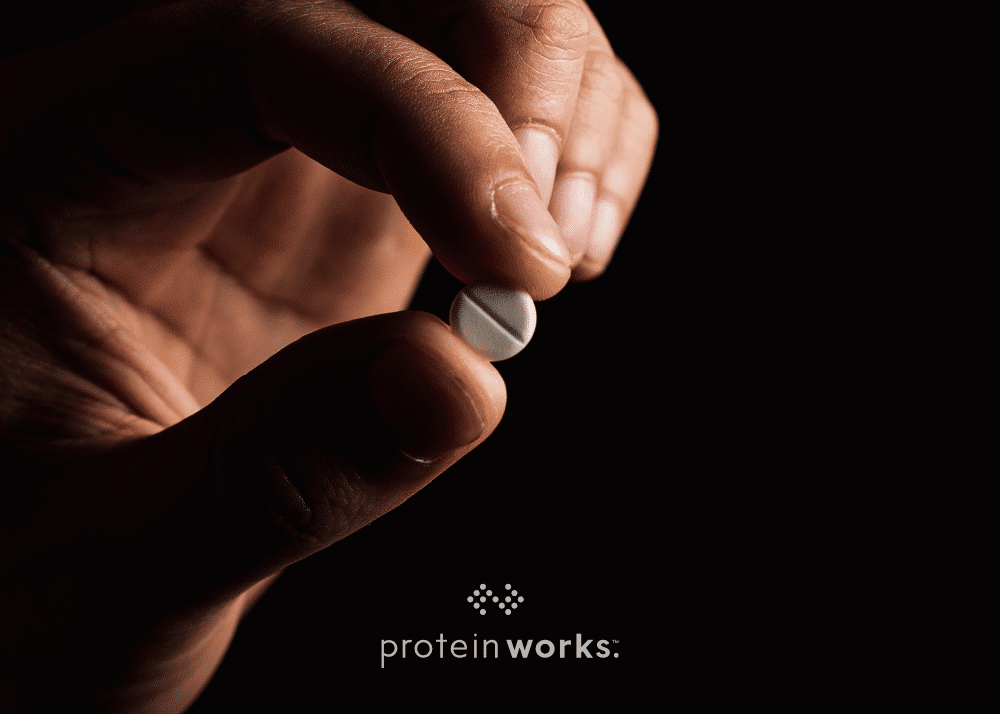

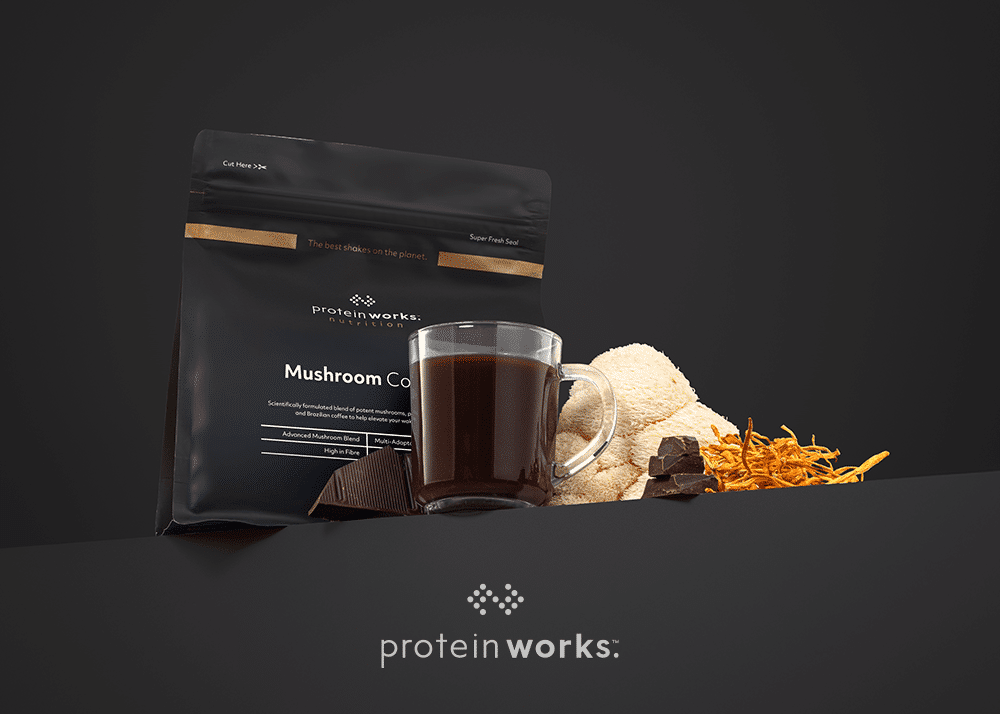
No Comments yet!